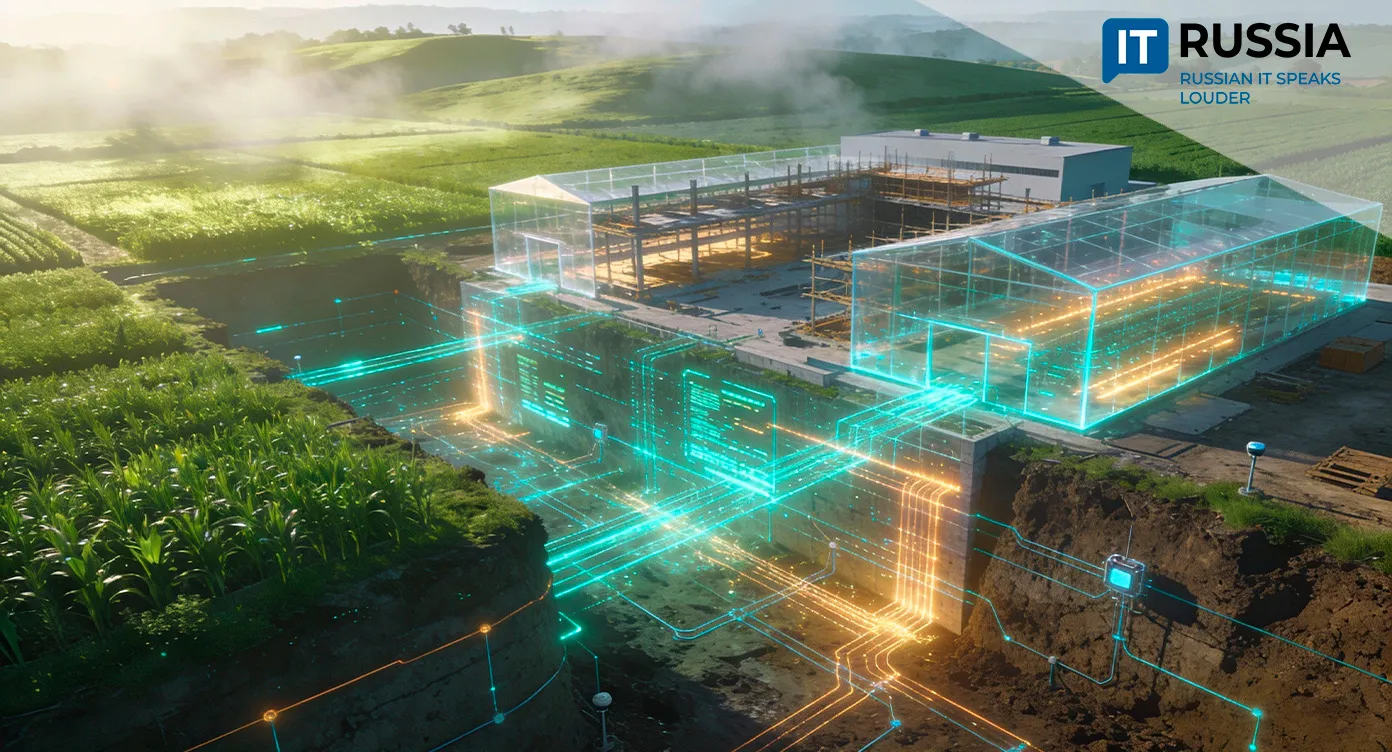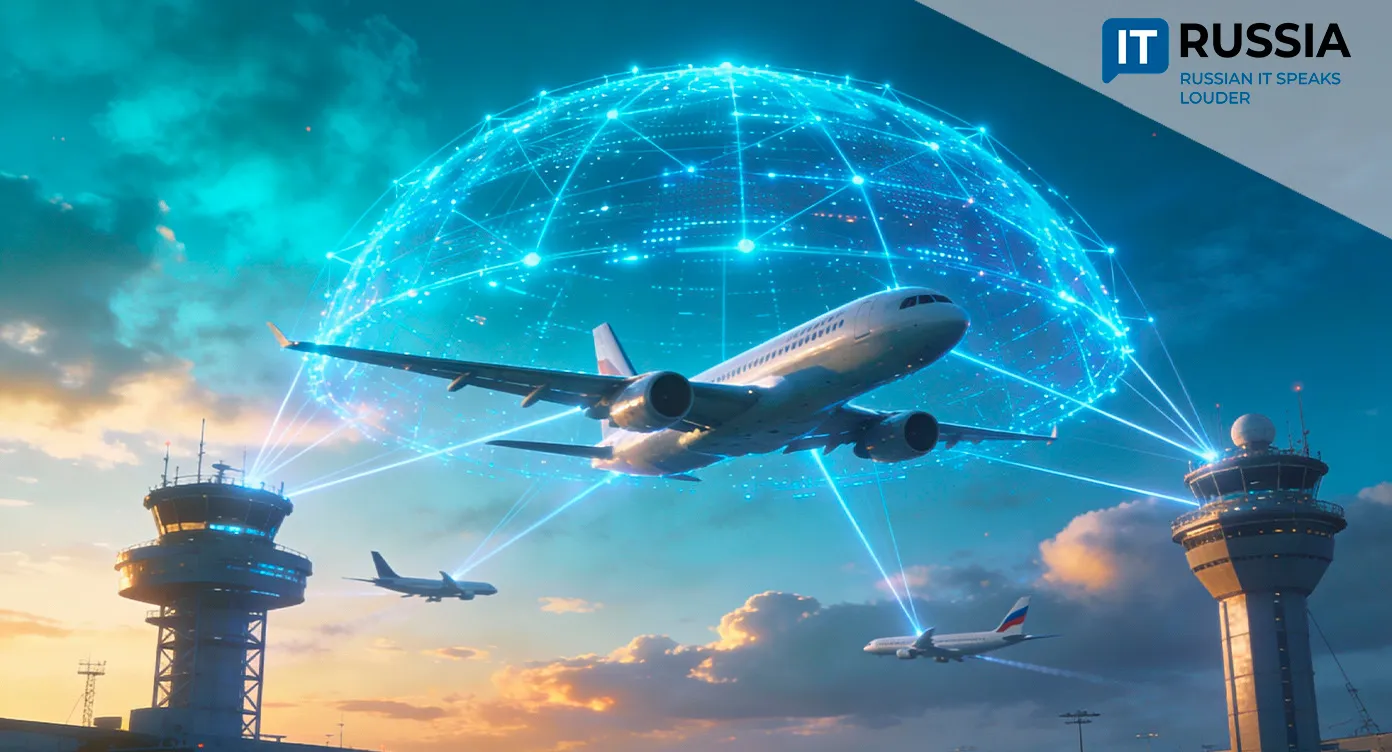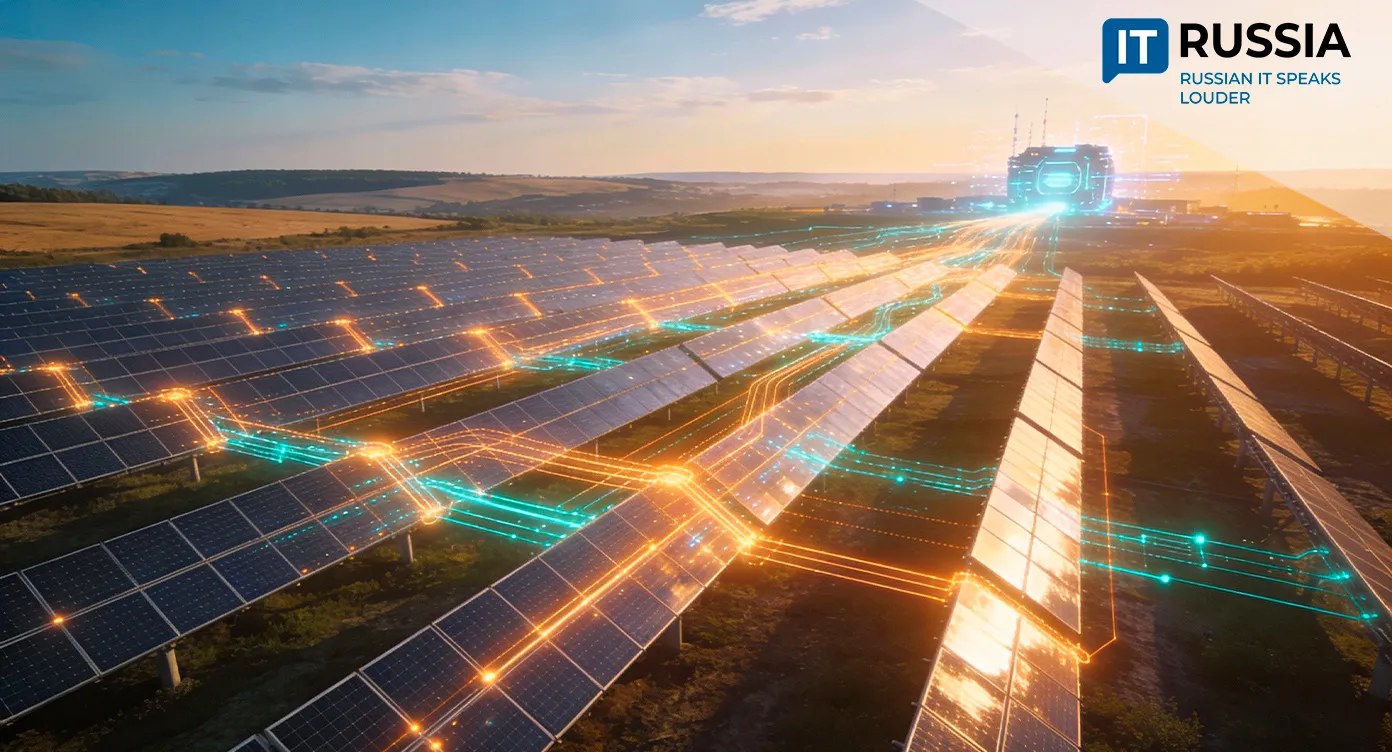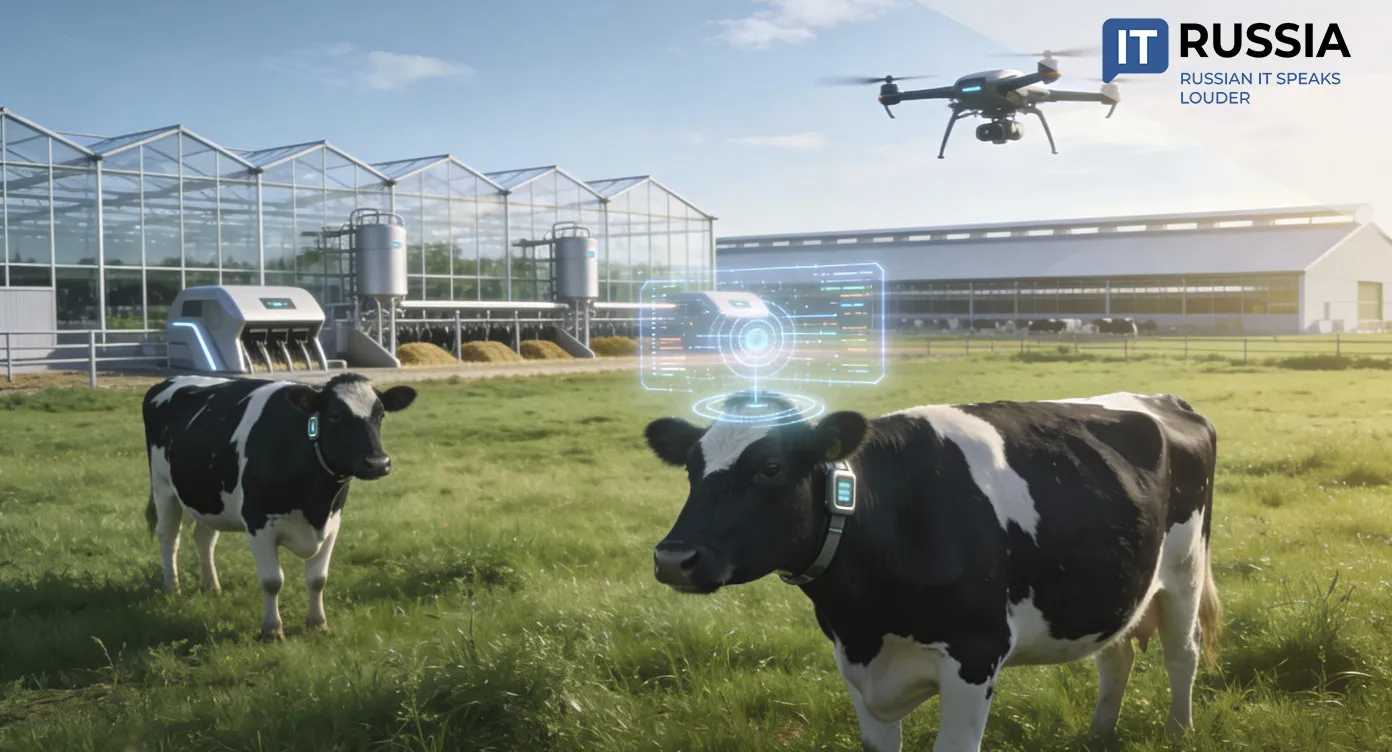Aerial Farmers: Powerful Drones to Boost Yields in Bashkortostan
Farmers and scientists in Bashkortostan gathered in the Sterlitamak district to discuss the future of agricultural drones. With climate change reshaping farming conditions, unmanned aerial vehicles (UAVs) are emerging as a powerful tool to increase crop productivity.
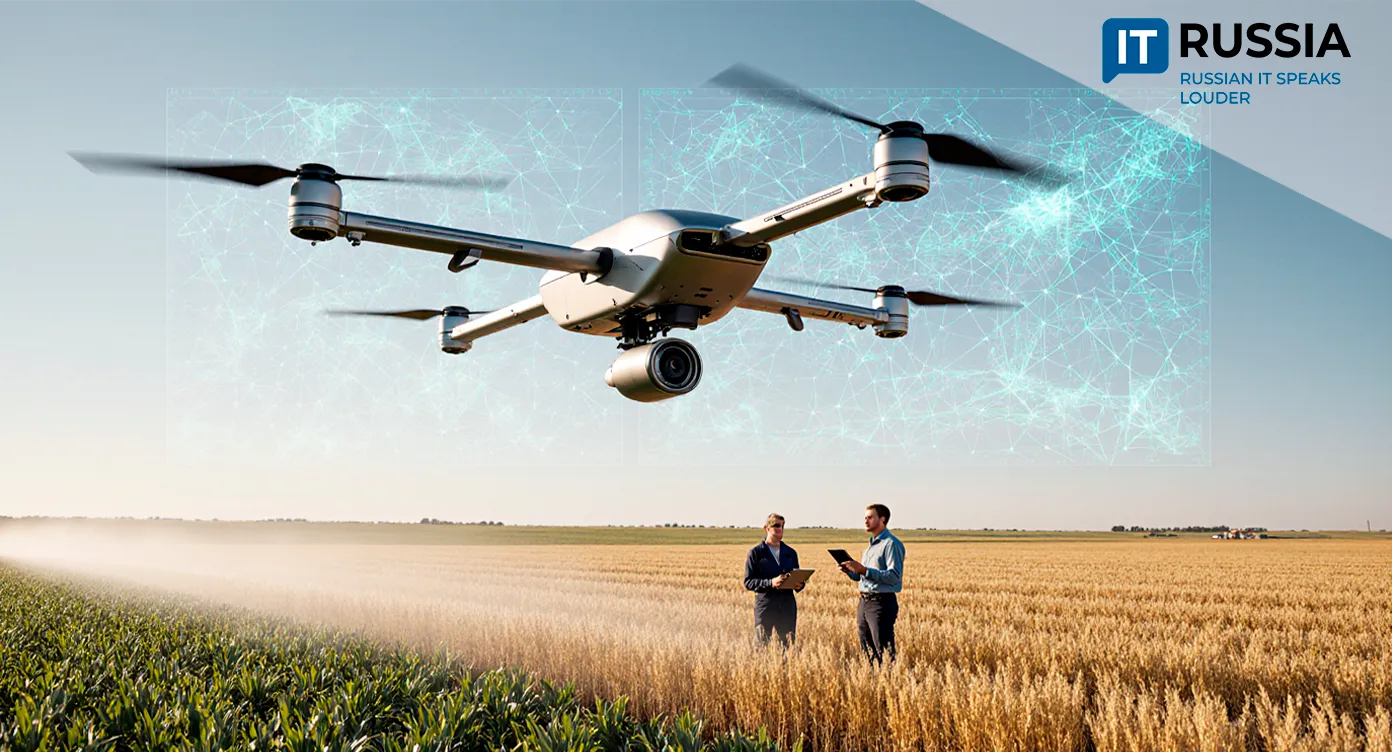
Drones as a Key Tool for Agricultural Development
Drones have already become an important part of Russia’s agricultural production chain, and their development is vital for the country’s economy as a whole. Since 2022, the market for civilian unmanned aerial systems (UAS) in Russia has been growing rapidly.
In early 2024, following a directive from President Vladimir Putin, Russia launched a national project on unmanned aviation systems. The program’s goal is to create conditions for producing drones of various types and to expand their use across all sectors of the economy. The key objective is to build a new innovation-driven industry. By the end of the decade, the number of drones produced is expected to increase at least fivefold.
The potential of UAV technologies for agriculture was a central topic at the September 4 seminar in Bashkortostan. Nearly 30 regional agricultural institutions and organizations shared knowledge and experience with local farmers.
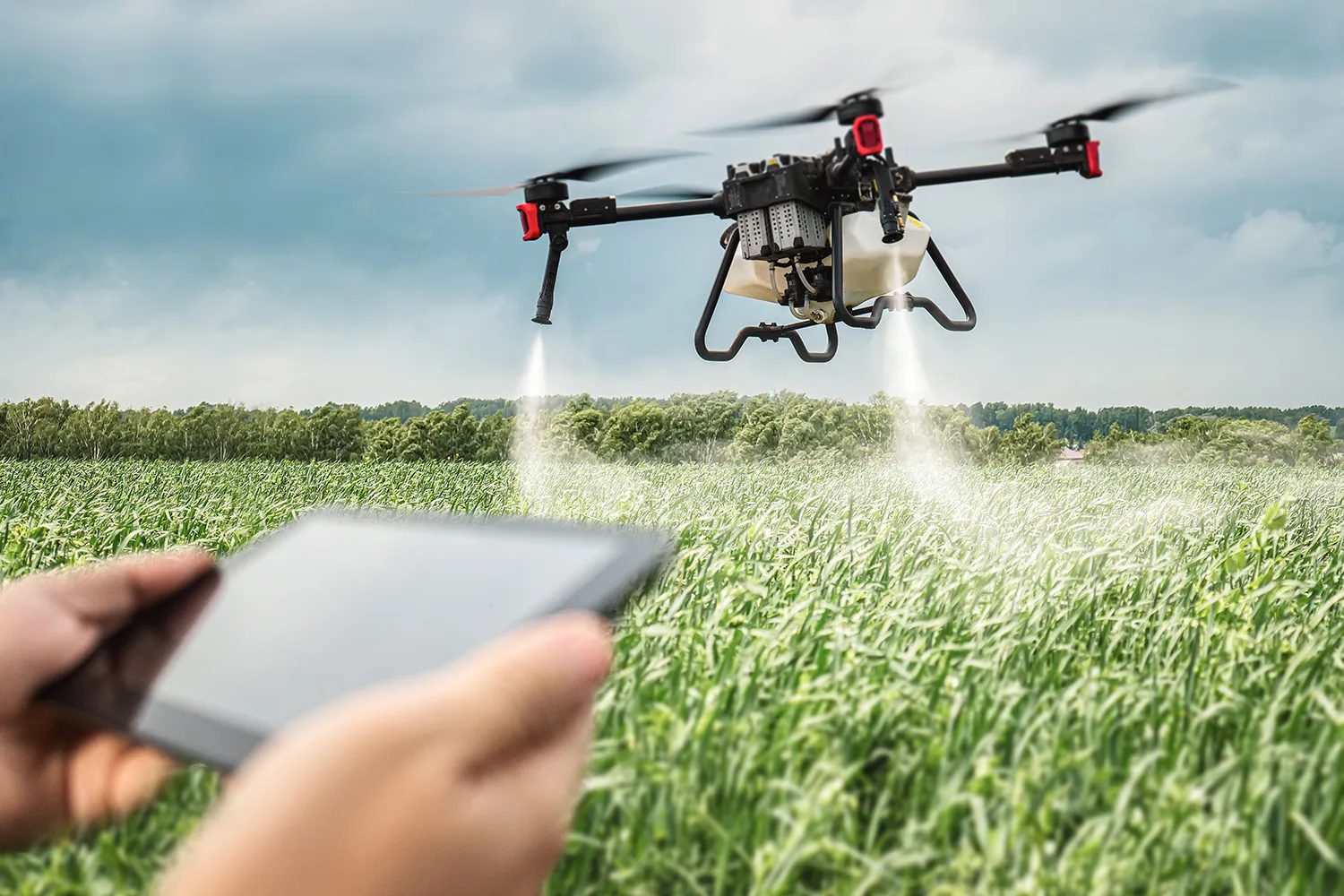
Drones in the Context of Climate Change
During the meeting, Ilshat Fazrakhmanov, Deputy Prime Minister of Bashkortostan and Minister of Agriculture, highlighted that the national project “Technological Support for Food Security” aims to stimulate the development of modern equipment for the farming sector. The focus is not only on increasing production volumes but also on making land use more efficient and improving crop quality.
One of the driving factors, Fazrakhmanov stressed, is climate change, which continues to alter working conditions. “We must be ready for any weather surprises and use the most advanced technologies to ensure our land resources generate good returns. Today UAVs offer a strong alternative to traditional field equipment, and their potential is growing rapidly,” he said.
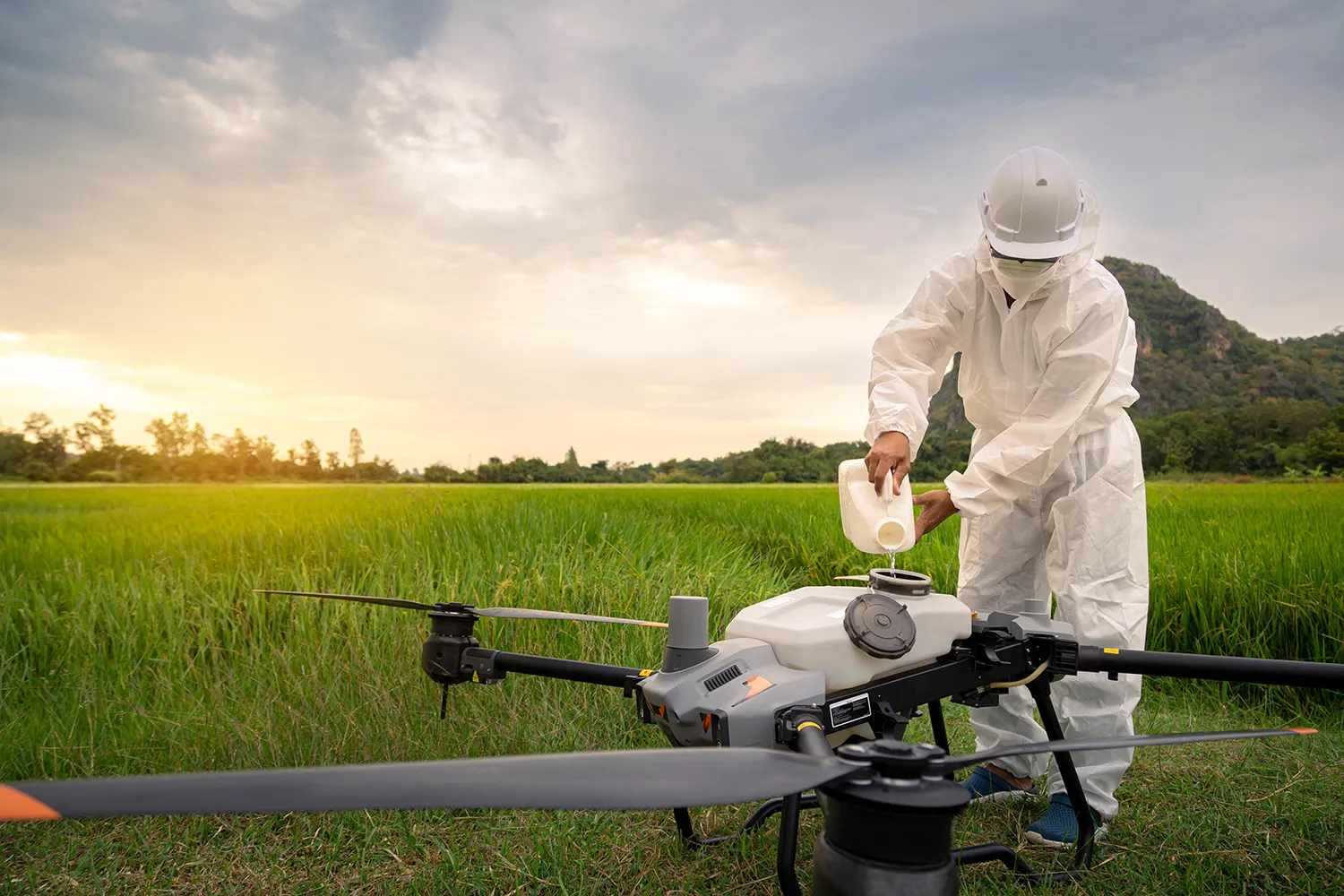
A Technological Takeoff
Between 2023 and 2024, drones were used on roughly 50,000 hectares of farmland in the region. By 2025, that figure had already risen to 90,000 hectares. Local farmers currently operate 13 drones, including multirotor models weighing more than 30 kilograms, suitable for both monitoring and direct crop treatment.
Professor Khalil Safin, a member of the Presidium of the Academy of Sciences of Bashkortostan, shared global best practices for using UAVs in agriculture and offered crop-specific recommendations. Farmer Fidan Kinzyabuzov from Sterlibashevo district described his hands-on experience with drone technology on his own farm.
Bashkortostan is also developing its own drone manufacturing industry. At the first international forum “Unmanned Systems: Technologies of the Future,” held in Skolkovo, representatives from 76 Russian regions took part. The Bashkortostan team ranked first overall and won the business simulation contest “UAS as an Alternative to Tradition.”
On June 19, 2025, at the St. Petersburg International Economic Forum, the Republic of Bashkortostan signed a cooperation agreement with the State Transport Leasing Company (GTLK) to advance drone aviation projects.
Bashkortostan as a Drone Development Hub
The republic is rapidly becoming one of Russia’s leading drone-producing regions. In 2024 alone, over 4,000 UAVs were manufactured. Today’s agricultural drones can process up to 200 hectares per shift, and new models will be able to cover 400 hectares—comparable to ground-based equipment. Drones also operate in conditions when heavy machinery cannot enter fields due to weather.
Education and workforce training are also advancing. Twenty schools and one college in the region are now equipped to train developers, manufacturers, and UAV operators.
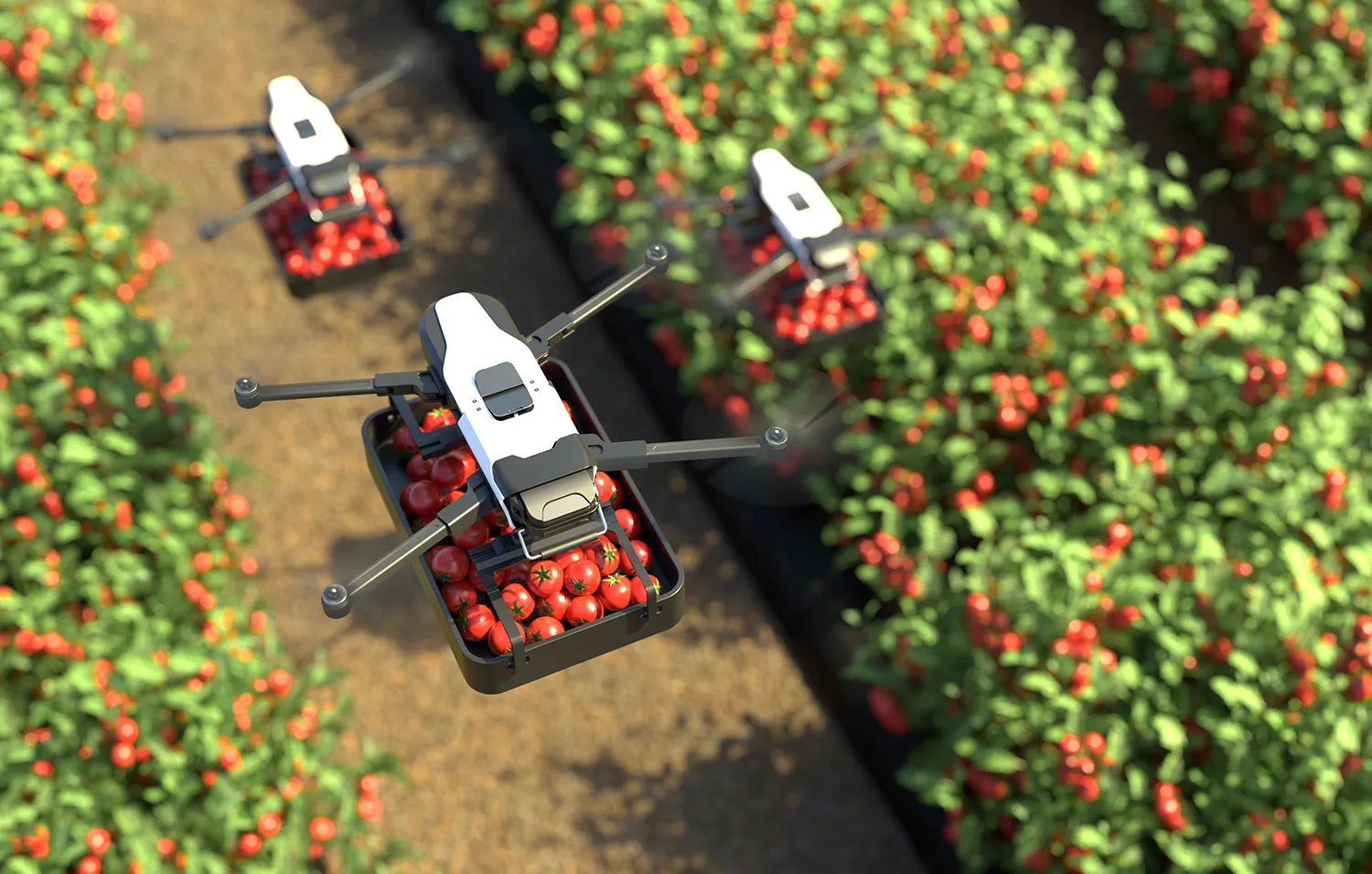
This integration of production, education, and state support is creating a robust drone ecosystem to strengthen the agricultural sector. The result will be higher efficiency and lower food production costs.
Demand for agricultural drones is a global trend. Russia’s farming sector has joined this movement, undergoing digital transformation and shifting toward precision agriculture with strong export potential to countries eager to increase agricultural productivity quickly.














